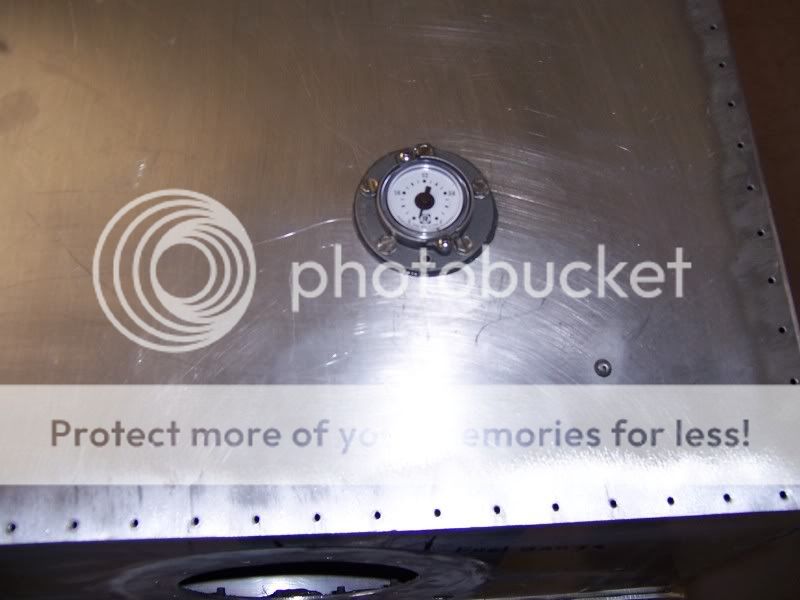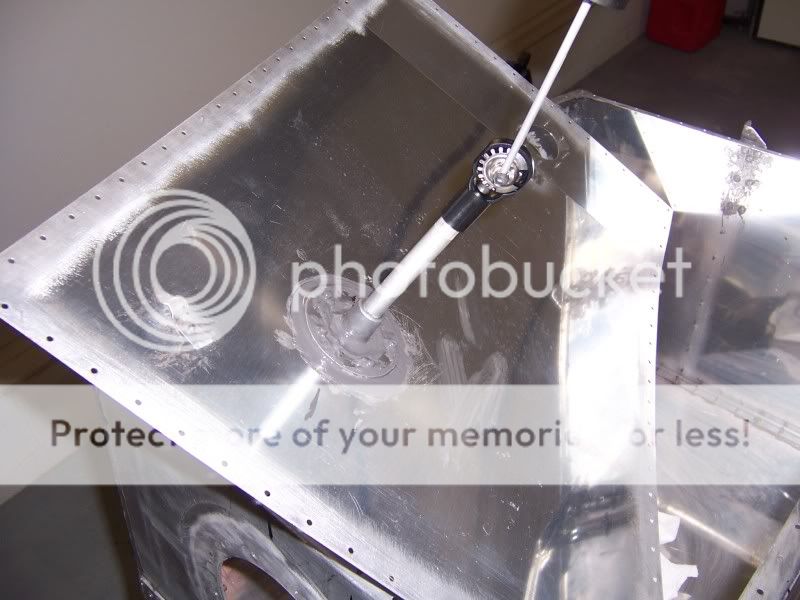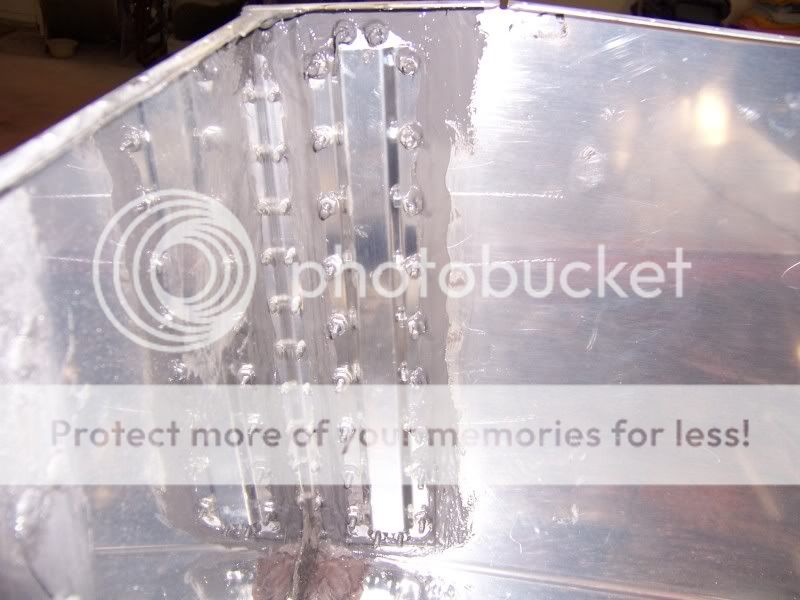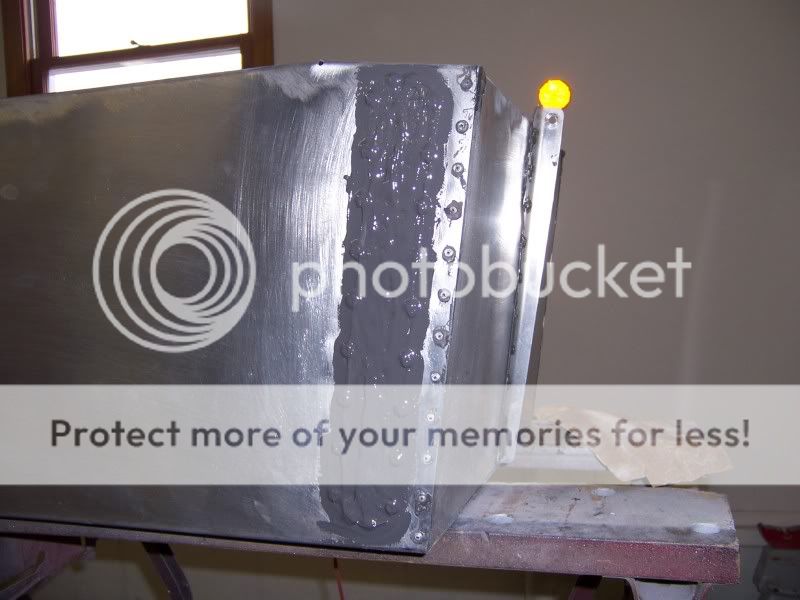Sight Glass Problems
I really like the idea of the sight glass, but the thought of cracks in the glass, or any leaks allowing fuel to contaminate the cabin area, just scares the #*/% out of me. Man, we need a fix for this! The newly designed glass and backing plate look to be an improvement. My thoughts are, that doubling the thickness of the glass could have been a easy fix. Oh well...
Another thought: All plexi is prone to cracking around stress areas. It would be interesting to know if everyone who has installed these, has taken the time to carefully smooth all of the holes and slots in the glass. I think these edged need to be finished to a mirror finish to eliminate any possibility of allowing a stress area to remain.
How about it guys, were they slick as a baby's rump when you installed them?? If so, more engineering is needed, and another retrofit.
Tom









